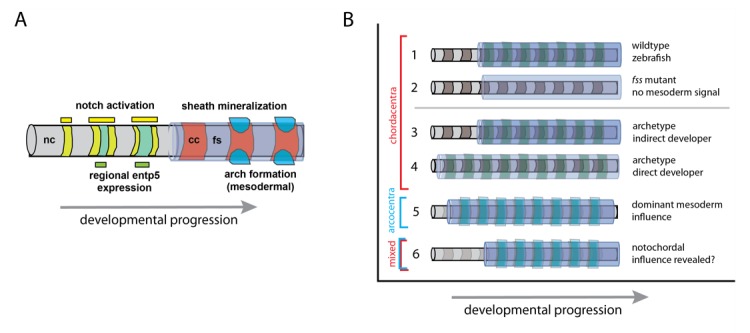Figure 1. Model of vertebral patterning and variation.

(A) Notochord patterning in the zebrafish as development proceeds, based on the research of Lleras-Forero et al. and Wopat et al. (Lleras-Forero et al., 2018; Wopat et al., 2018). The Notch signaling pathway is the earliest known signal that induces a pattern in the notochord (nc; yellow) along the head to tail axis. This activates the gene entp5 (green) in specific domains, which in turn, leads to the mineralization of the fibrous notochordal sheath (fs; lavender) that forms the chordacentra (cc; red). The formation of arches of vertebrae (bright blue) from mesodermal cells is sensitive to – but not dependent on – the notochord pattern. (B) Model of notochord and mesodermal sources of vertebral pattern: (1) Patterned mineralization of the chordacentrum around notochord (nc; grey) with somite pattern (green) as seen in zebrafish. (2) Inductive role of the notochord when somite patterning is inhibited, e.g. in fish with defective segmentation clock mechanisms of the somites. (3-6) Hypotheses on variation in developmental timing and the retention of notochord patterning. (3) Indirect development as shown in the zebrafish. (4) Direct development strategies (e.g. Woltering et al., 2018), which have a contemporary activation of pattern mechanisms; here a somite signal masks a putative influence of the notochord. (5) In tetrapod vertebrates, in which the influence of the notochord is reduced or masked, the vertebrae arise from somites, and cartilage-derived tissue forms an arcocentrum (light blue). (6) Indirectly developing tetrapods, such as some salamanders, can have both mixed mineralized perichordal tissue and arcocentra (e.g., Slijepčević et al., 2018).
